The Most Dangerous Wild Animals You Can Encounter In The US
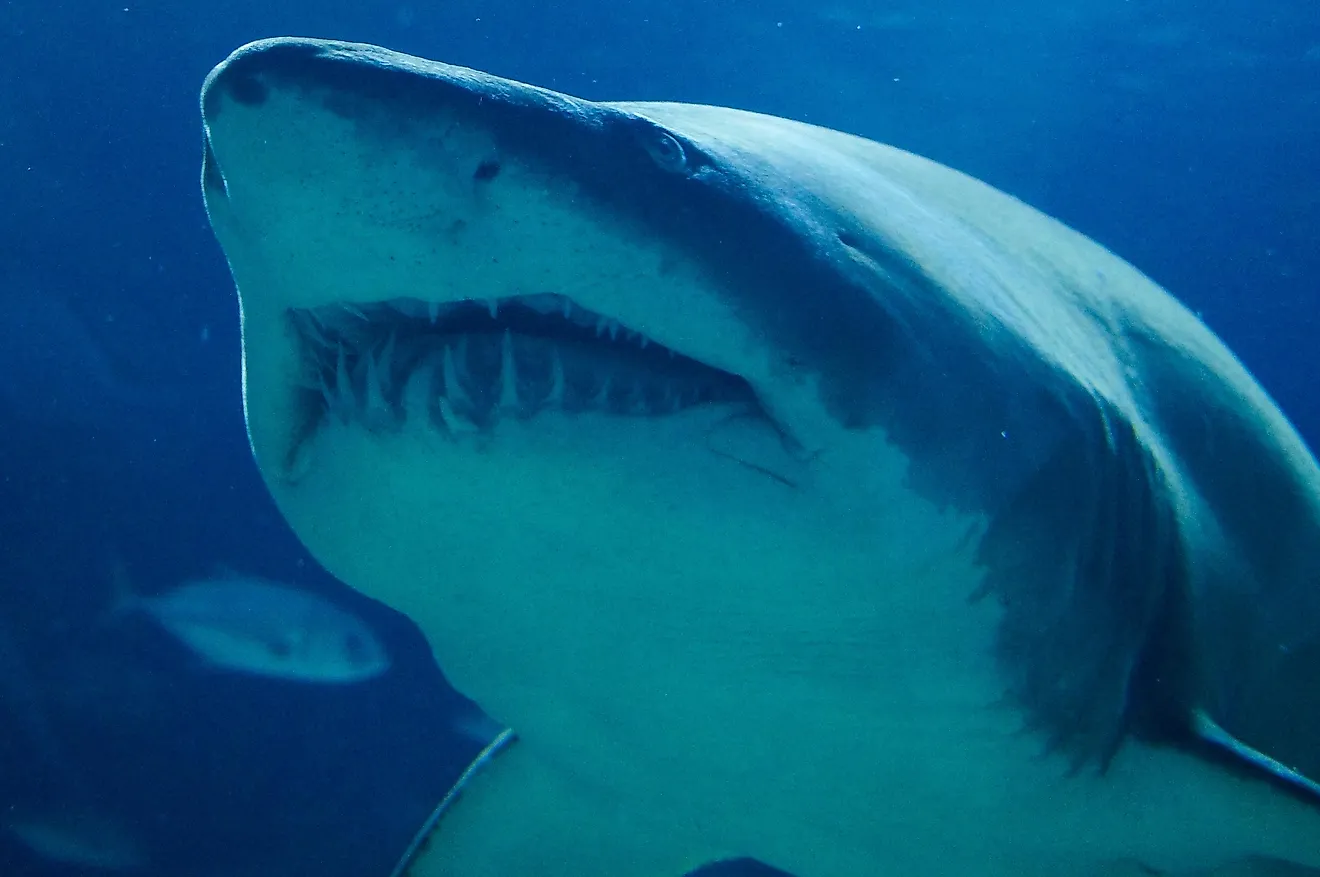
- The black mamba can slither up to 12.5 miles per hour.
- The Honey Badger holds the Guinness World Record for Most Fearless Creature.
- Rabid dogs are responsible for an estimated 25,000 human deaths per year.
Just the thought of some animals is fear-inducing for some people, like those terrified of snakes or who shriek at the sight of a spider on the wall, and may be enough to keep them safely indoors. Others admire wildlife for its majestic beauty and long to come across a wild deer or spot a bear lumbering through the forest.
While animals can be awe-inspiring, their habits drawing curiosity and intrigue, there are some from which you may want to steer clear if you stumble upon them along the hiking trail.
You never know what could lurk around the bend - these are the 10 most dangerous wild animals found in the United States.
10. Bison
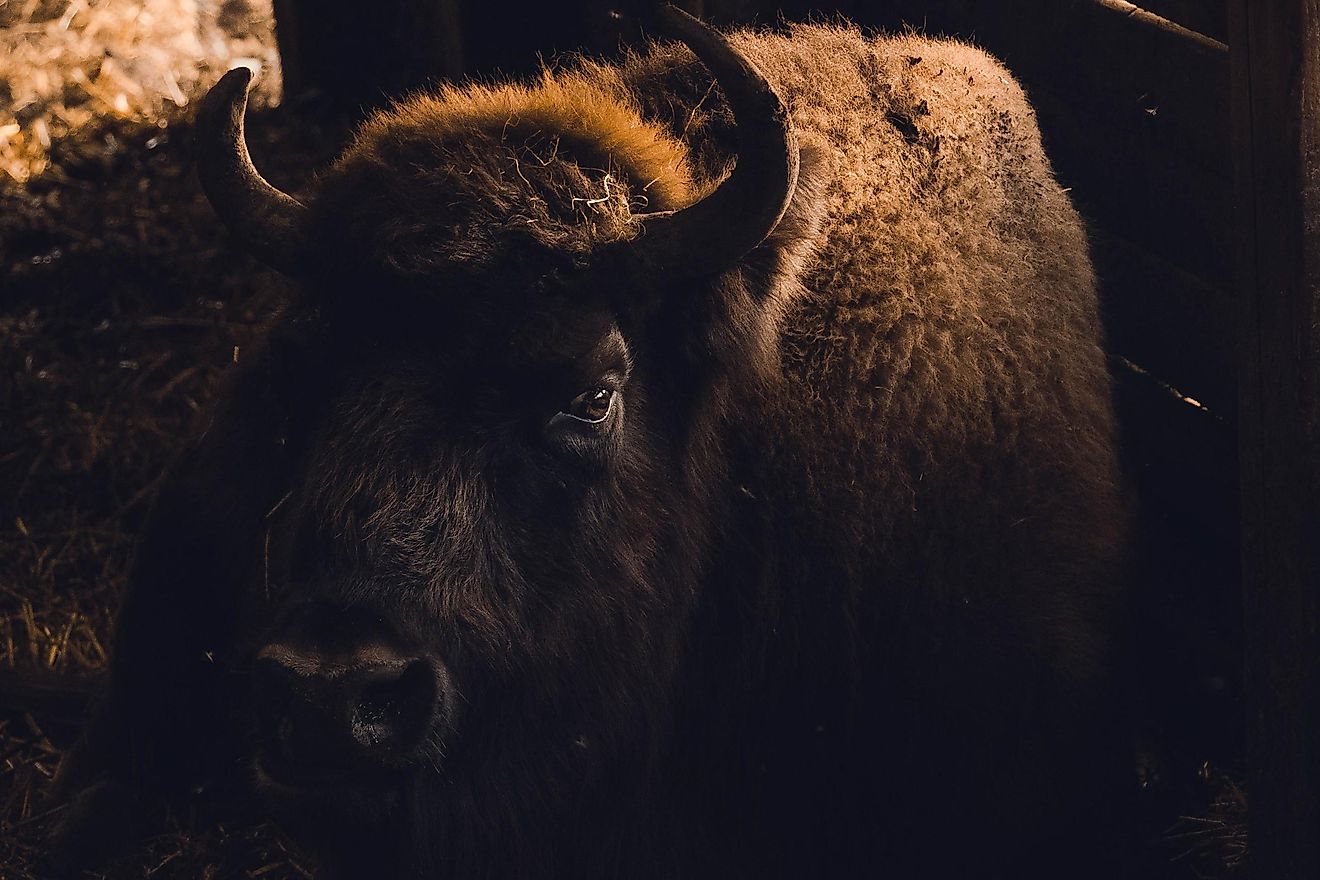
Often spotted in a zoo or natural habitat preserve, the American bison (not to be mistaken with the European buffalo, its close cousin), is actually more likely to cause injury in a national park than wild bears - particularly during the breeding season when the animals become especially aggressive. If provoked, bison will not hesitate to attack and will do so with great speed, as the two-foot-long, 2,000-pound animals can gallop up to 40 miles per hour and jump six feet into the air.
Never approach bison on foot, and stay at least 330 feet away from the animals to remove any potential perceived threat. If one is lurking on the trail, stop immediately and give it a very wide berth to avoid being attacked.
9. Scorpions
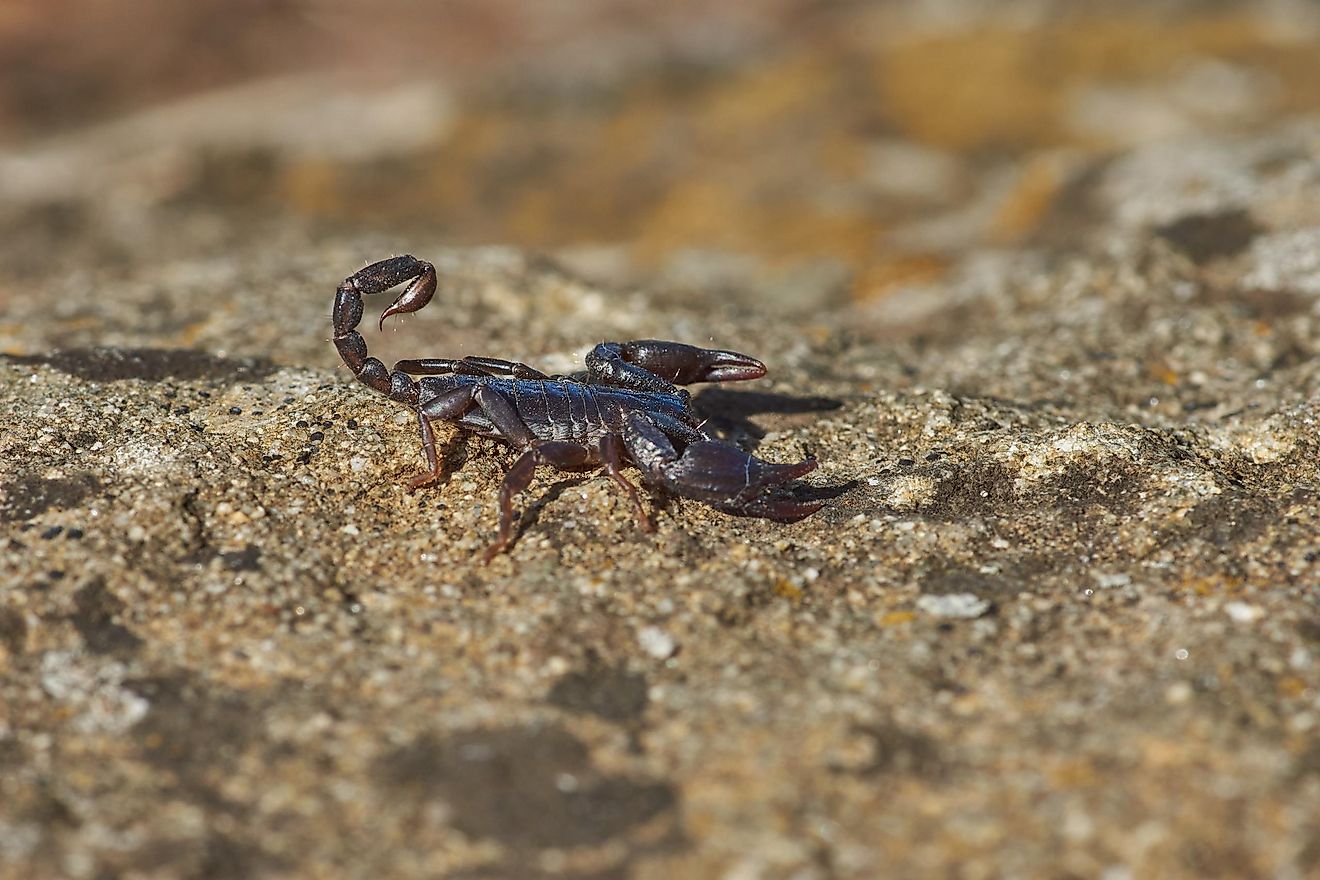
Found in desert landscapes, all 90 types of scorpions found in the US deliver venomous stings. The most deadly of the species is the Arizona bark scorpion, which lives in the Sonoran Desert of its namesake state. They tend to prefer more moist areas of the desert, residing near riverbeds.
The brown-toned, nocturnal scorpion is only about three inches long but its venom can cause severe pain, partial paralysis, and difficulty breathing. Because it does not burrow, the scorpion is often found inside homes but luckily its victims rarely succumb to their stings - only the most susceptible, such as the elderly and children - tend to die after being stung.
8. Sharks
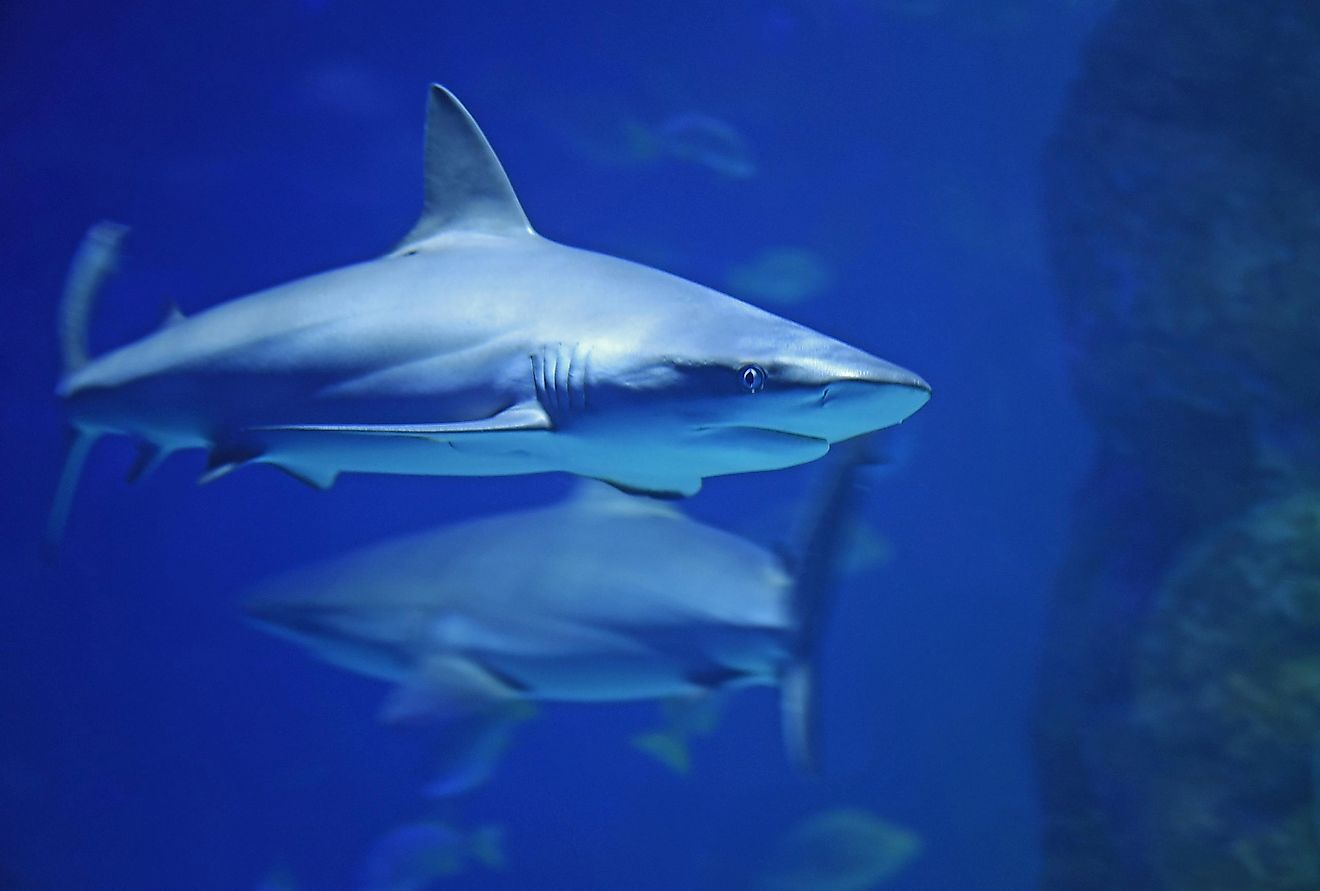
The most feared of this species is well-known to be the great white shark, which accounts for about one-third of all human attacks. It is the largest of all predatory fish, with the largest of the sharks spanning more than 20 feet.
Great white sharks tend to be found off the coast of California and the northeast Atlantic Ocean, especially common around the New Smyrna Beach in Florida, known as the Shark Capital of the World.
What makes the great white so terrifying is its tendency to bite without provocation because the animal can easily mistake human beings for prey. Since 1900, there have been 1,657 unprovoked shark attacks (not all from great white sharks) and 144 of them were fatal.
There are other common species lurking in the waters off the US coast: tiger sharks and bull sharks are also seen regularly. Tiger sharks are responsible for the majority of fatal shark attacks in North America, with surfers bit most often.
7. Bees
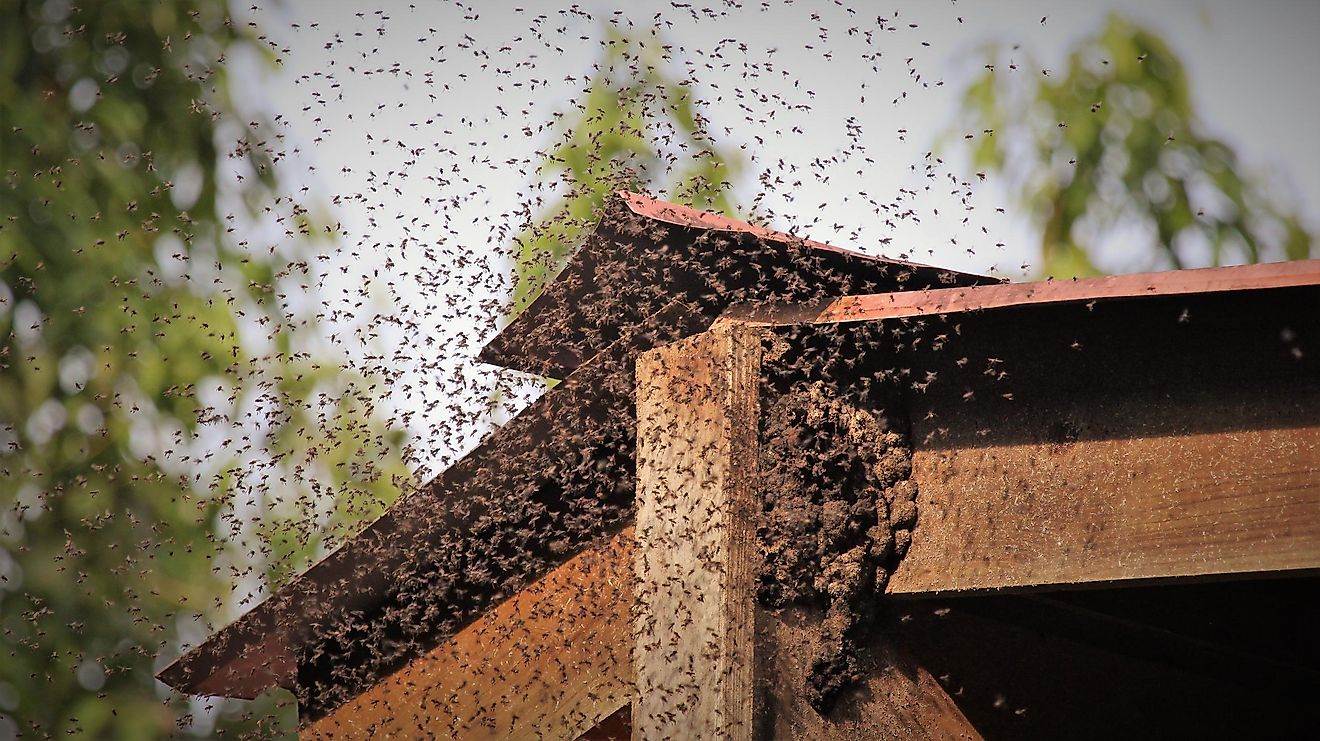
Killer bees - properly known as Africanized bees - are called this because of the highly defensive nature that makes them aggressive if they detect any threat against their hive. Even the noise of a vehicle can send the hive into a frenzy, attacking in swarms and chasing their prey up to a quarter of a mile. Not only that, but the bees will also hold a grudge and maintain their aggression for up to 24 hours.
The Africanized bee was the result of biologist Warwick E. Kerr's desire to create a hybrid insect that could produce more honey. He bred European and African bees together and the result was the killer bee species, which is now growing in population in America due to its expansionist and territorial nature. Their population moved from Brazil, through Mexico, and into the US, where it is becoming prevalent in the south.
Their venom may not be lethal, but since the attack comes from an entire swarm, there could be a lot of pain and swelling after being stung. Those who are allergic to bees could die from an encounter with killer bees.
6. Wolves and Coyotes
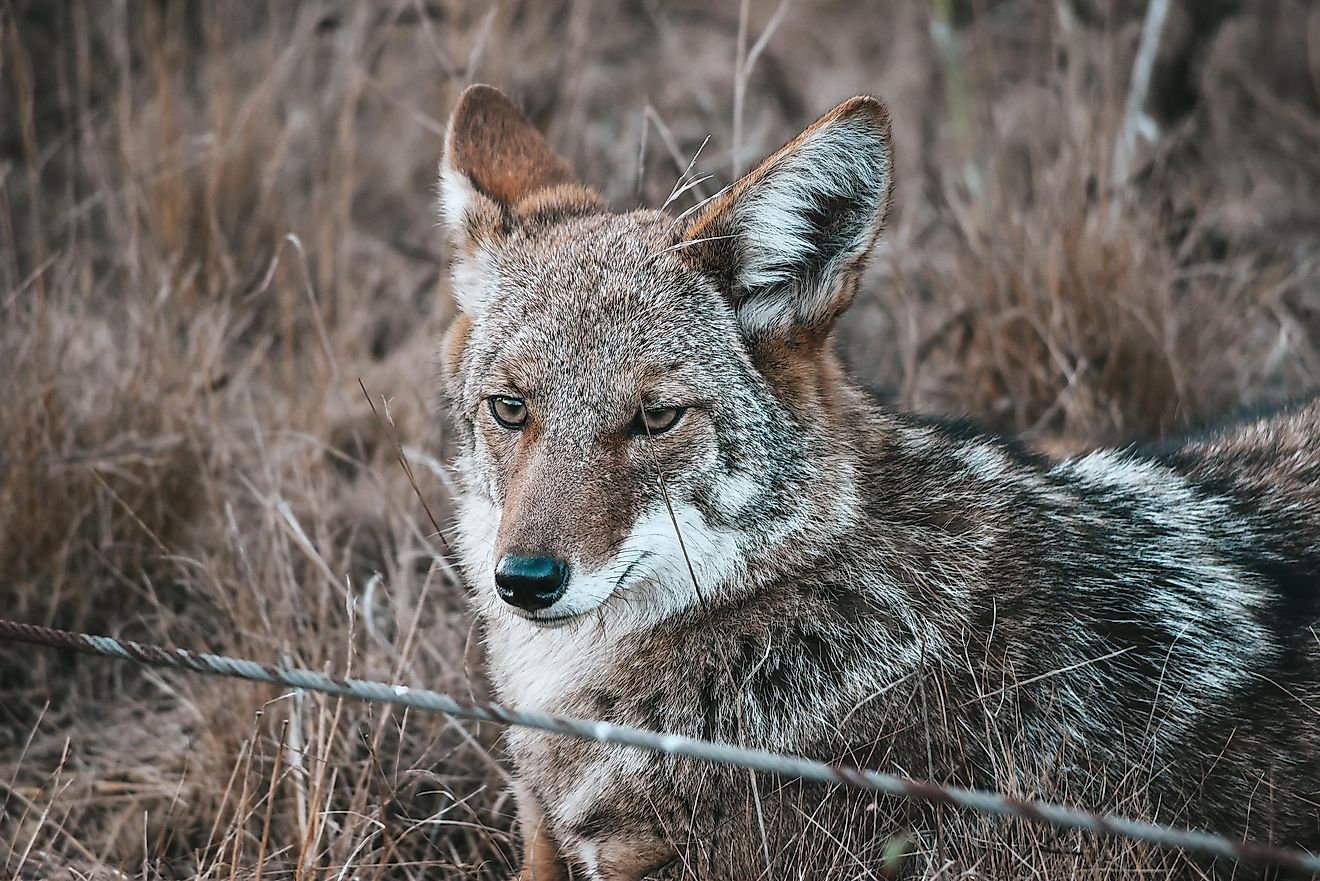
Late at night, it's not uncommon to hear the crooning of coyotes, a very vocal animal whose howls and barks can be heard in the wild and remote locales. Though they won't attack humans directly unless starvation strikes, coyotes carry diseases and parasites that can be dangerous for other animals and people alike. Though they pose more of a threat to livestock than humans, a pack of coyotes is capable of killing an average adult male.
The grey wolf is the largest in North America, and fearsome with its heavy build and large teeth and a bite twice the force of domestic dogs that can break bones apart. The animal is also able to jump 16 feet in one bound. What makes the grey wolf particularly dangerous is that it lives in packs, but it does not tend to attack unless provoked or starving.
5. Mountain Lion
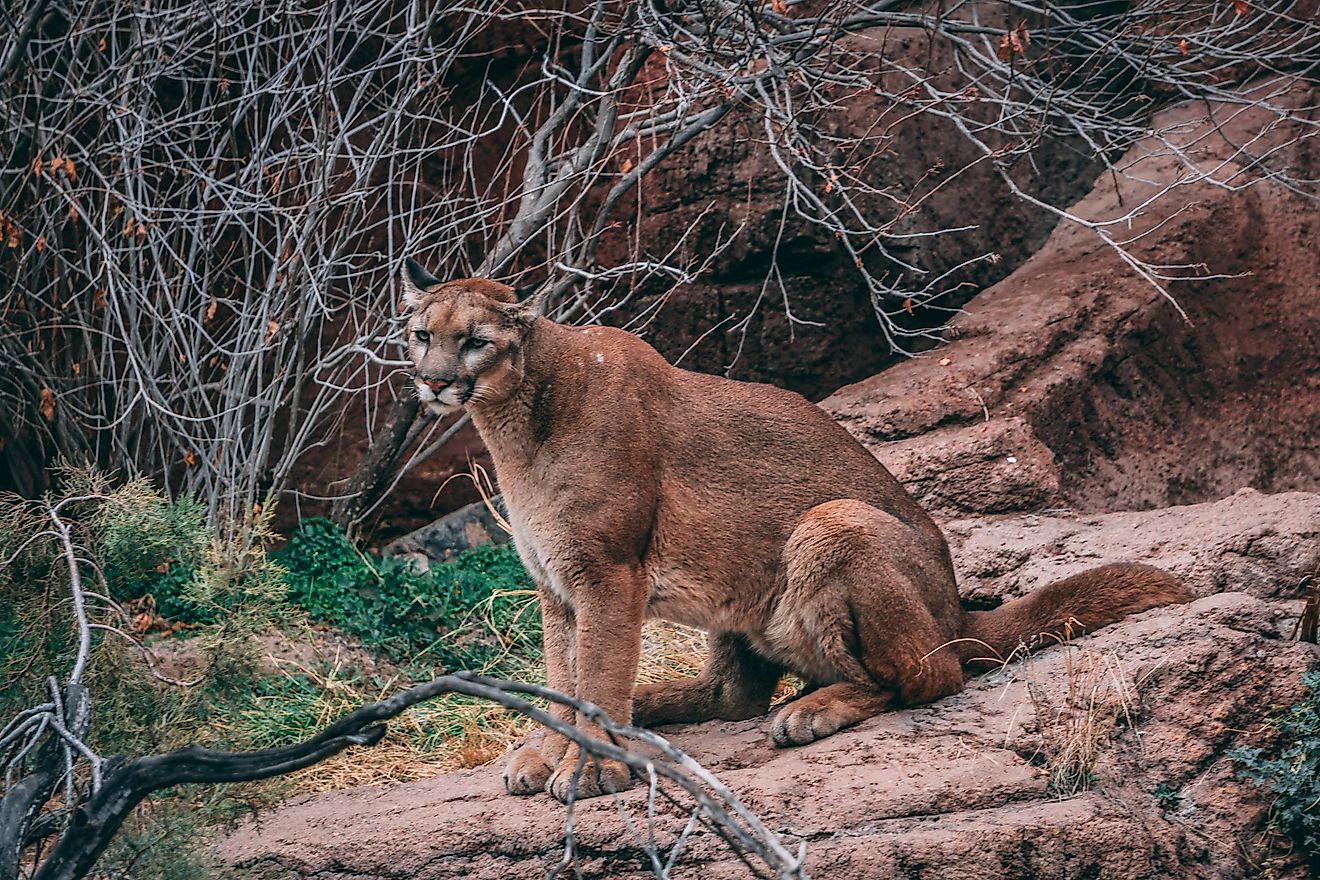
Known by several different names, the mountain lion - or cougar or puma - is the largest feline in North America. The cats commonly kill farm animals and pets in remote communities, although their coyote and wolf counterparts often get the blame, since mountain lions are sleek and stealthy, and rarely seen by the human eye. The cats will stalk their prey for miles before finding an opportune moment to attack or giving up the pursuit entirely.
Mountain lions typically will not pursue a human in earnest unless starving or threatened, but if a person breaks into a run to escape the cat, the chase will be on. It's no safer to play dead when in the vicinity of a mountain lion, as the victim will be seen as easy prey. The best defense is to be loud and assertive, make eye contact and fight back if attacked.
4. Bears
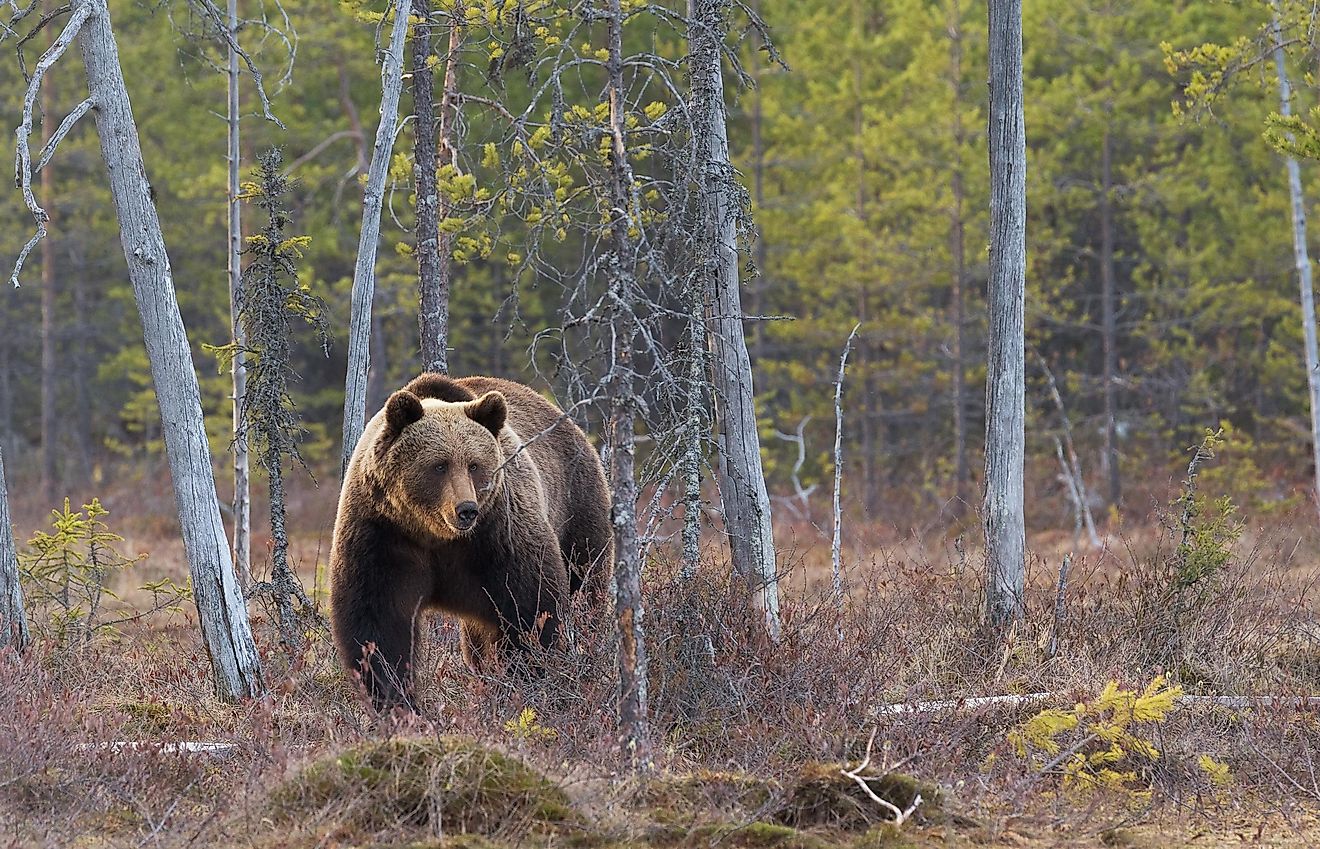
One of the biggest animals found in the wilderness of North America, bears are usually more concerned about foraging or fishing than what humans are up to. However, different species may react to encounters with people in different ways.
Grizzly bears are by far the most aggressive and largest bears in the US, and it's best to avoid the animal if possible. Unlike the black bear, which can be scared off with loud noises like banging pots and pans together and making yourself seem as large as possible, the grizzly will be undeterred by those actions and may still attack. They live primarily only in the northernmost regions of the US, and outside Alaska, the most likely place to find one would be Yellowstone National Park.
Don't be fooled by the skittish nature of the black bear, though. While its first instinct may be to run up a tree, there are documented cases of attacks, like one that killed three teenagers in Algonquin, Canada.
Polar bears are also found in the northern reaches of the States (like Alaska) but are unlikely to attack - though their size and strength could do damage should they choose to put it to use.
Like most wild animals, bears will not usually attack unless provoked, or if they are protecting their young or hungry.
3. Alligators and Crocodiles
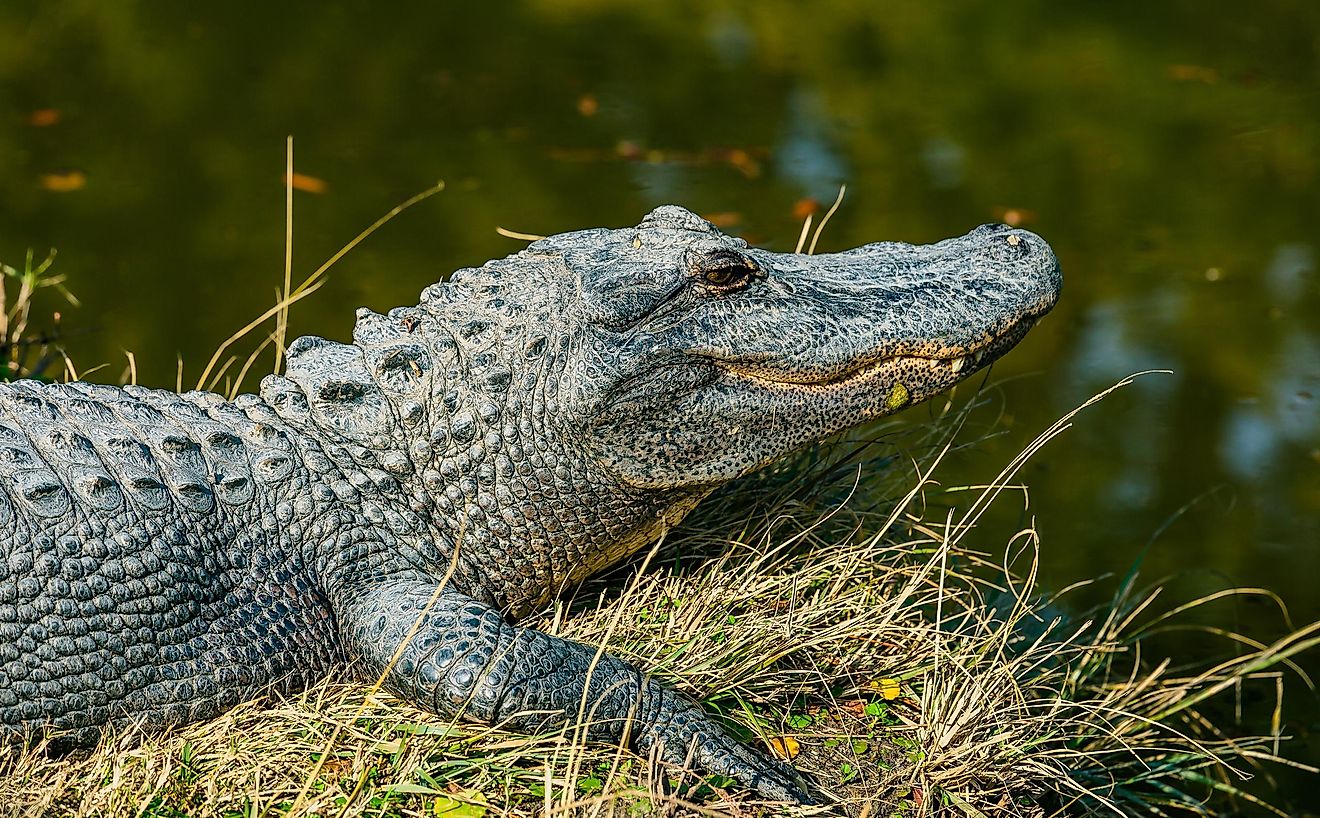
Whereas bears tend to lurk in the northern regions of the United States, the south is known for its alligator and crocodile population. The most dangerous of the two is the crocodile, which is responsible for about 1,000 lives worldwide each year - but thankfully only resides in the southernmost reaches of Florida.
Alligators are more widespread among southeastern America, mostly along the gulf coast.
What's the difference between the two? Alligators have square noses compared to the pointed nose of the crocodile, and crocs tend to be darker in color and have a big toothy grin often depicted in drawings and cartoons.
The alligator thrives in lakes and swamps and is a powerful swimmer, but is also known to sunbathe and climb trees, meaning it could also be on land. As an opportunistic predator, it will eat anything, but not typically people - the gator's diet is mostly comprised of fish, birds, frogs, snakes, but it will also take down deer, dogs, and calves.
2. Snakes
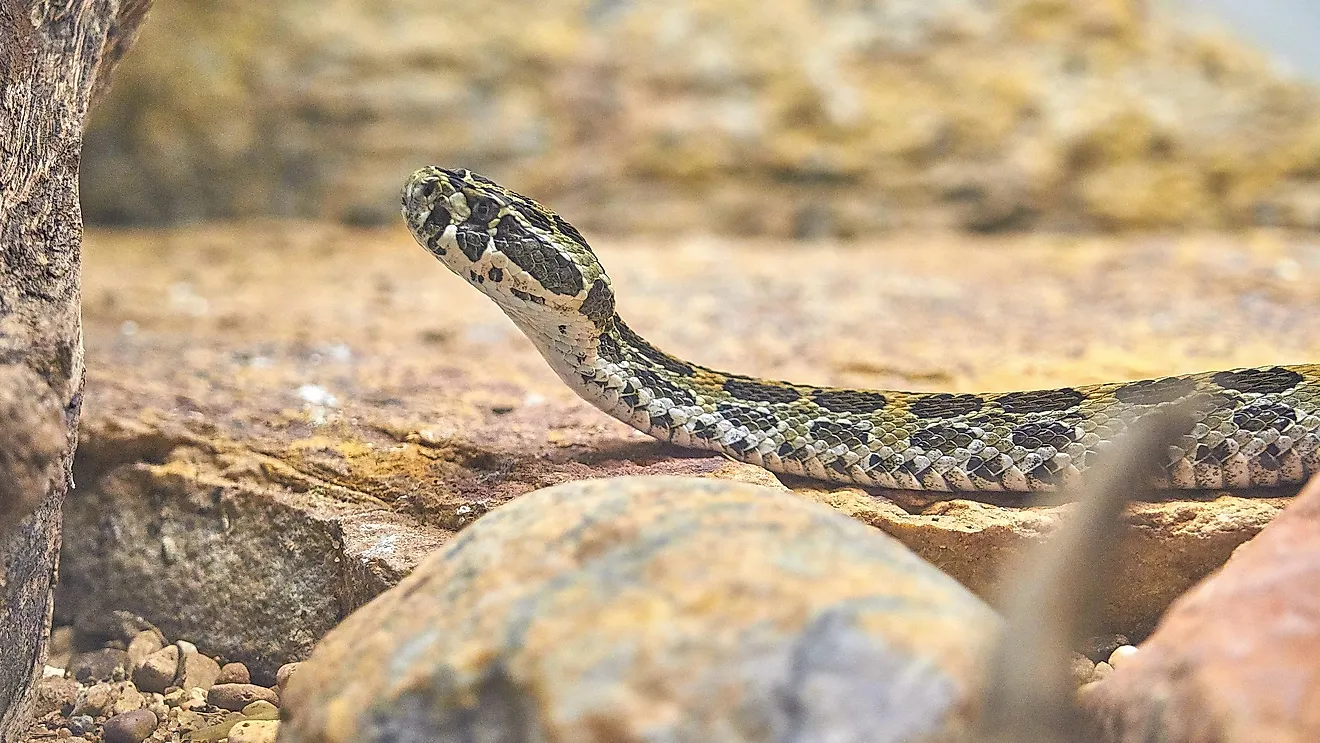
There are 16 species of rattlesnakes in the United States, and every one of them can be deadly. In addition, some varieties of the coral snake, cousins of the cobra known for their red and yellow bands, are also lethal.
Snakes are one of the most commonly seen dangerous species, as there are only two states that are not home to at least one type of killer snake: Alaska and Hawaii. Because they are cold-blooded, snakes often curl up around hiking trails to catch some sun - often in the same resting place hikers ay choose to rest or have a snack.
The western diamondback is the most deadly rattlesnake, responsible for most bites in Mexico and the US. It is highly aggressive and will strike shortly after sounding its rattle, leaving little to no time for escape.
There are between 7,000 and 8,000 rattlesnake bites each year, resulting in about five deaths. If help is sought immediately, most people recover from their bite with a dose of anti-venom within two hours of being attacked.
1. Spiders
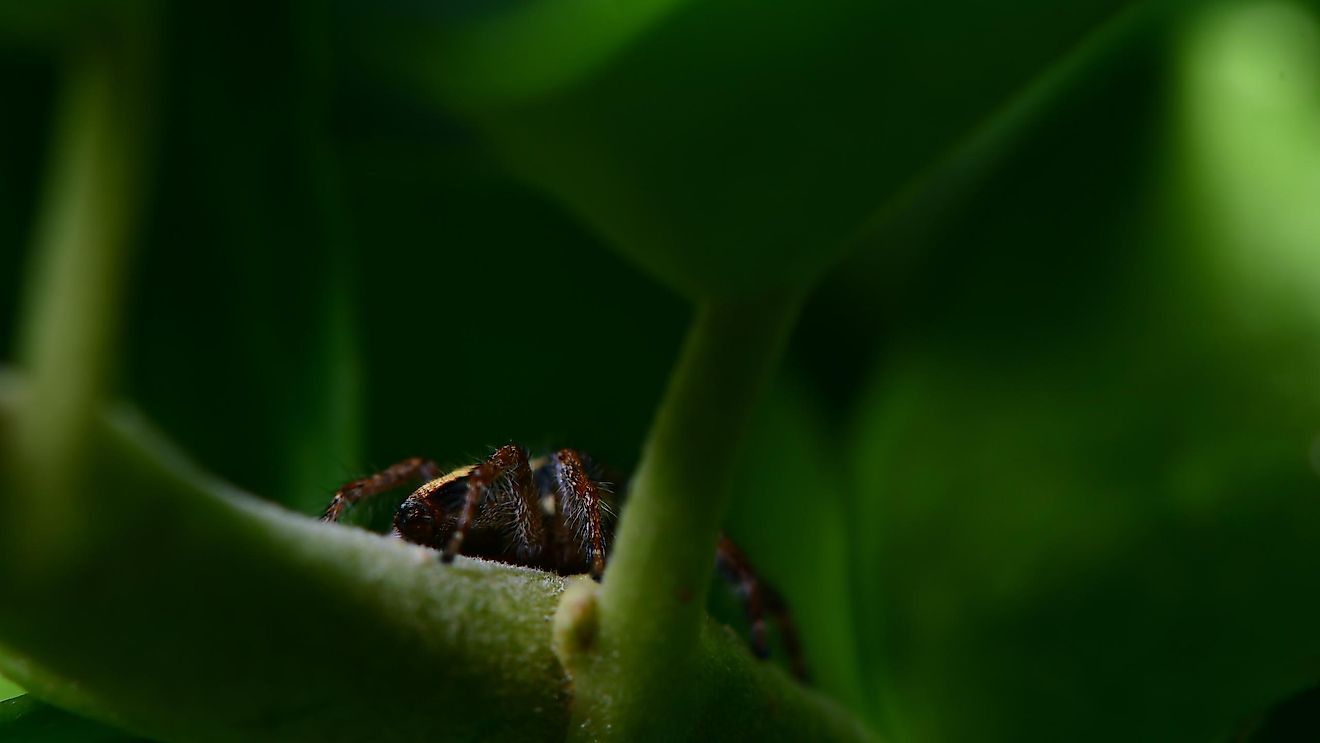
Many people have an irrational fear of spiders, and though most of the time their terror is unwarranted (the common house spider isn't going to kill anyone anytime soon) there are species in the United States that pack a mighty punch in their small bites.
There are about 3,400 types of spiders in America, but only a small number are venomous and of those only two or three have the potential to be lethal. The most dangerous in the US are the brown recluse, the hobo, and the infamous black widow spiders. At least one type can be found in most places in the country, though the west coast and southern states are where sightings would be most likely.
The brown recluse spins irregular webs and can be found inside cool, tight spaces like shoes, cardboard boxes, drawers, gloves, or laundry piles. Their bite doesn't hurt right away but can get extremely painful and itchy after two to eight hours, and over time can do damage to the skin around the bite as well as muscles and blood vessels.
Black widows carry a neurotoxin in their venom that attacks the nerves, causing severe pain and cramping within 15 minutes of a bite, and profuse sweating. The toxin can kill humans, but death is rare and bite symptoms will typically subside on their own.
The hobo spider is related to the house spider, and while venomous, it is the safest of the three dangerous American spiders, though its bite is still unpleasant and causes painful sores.











